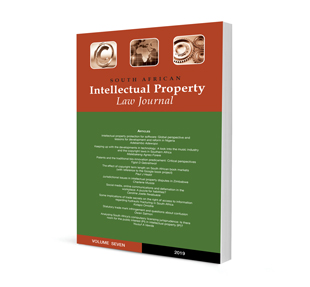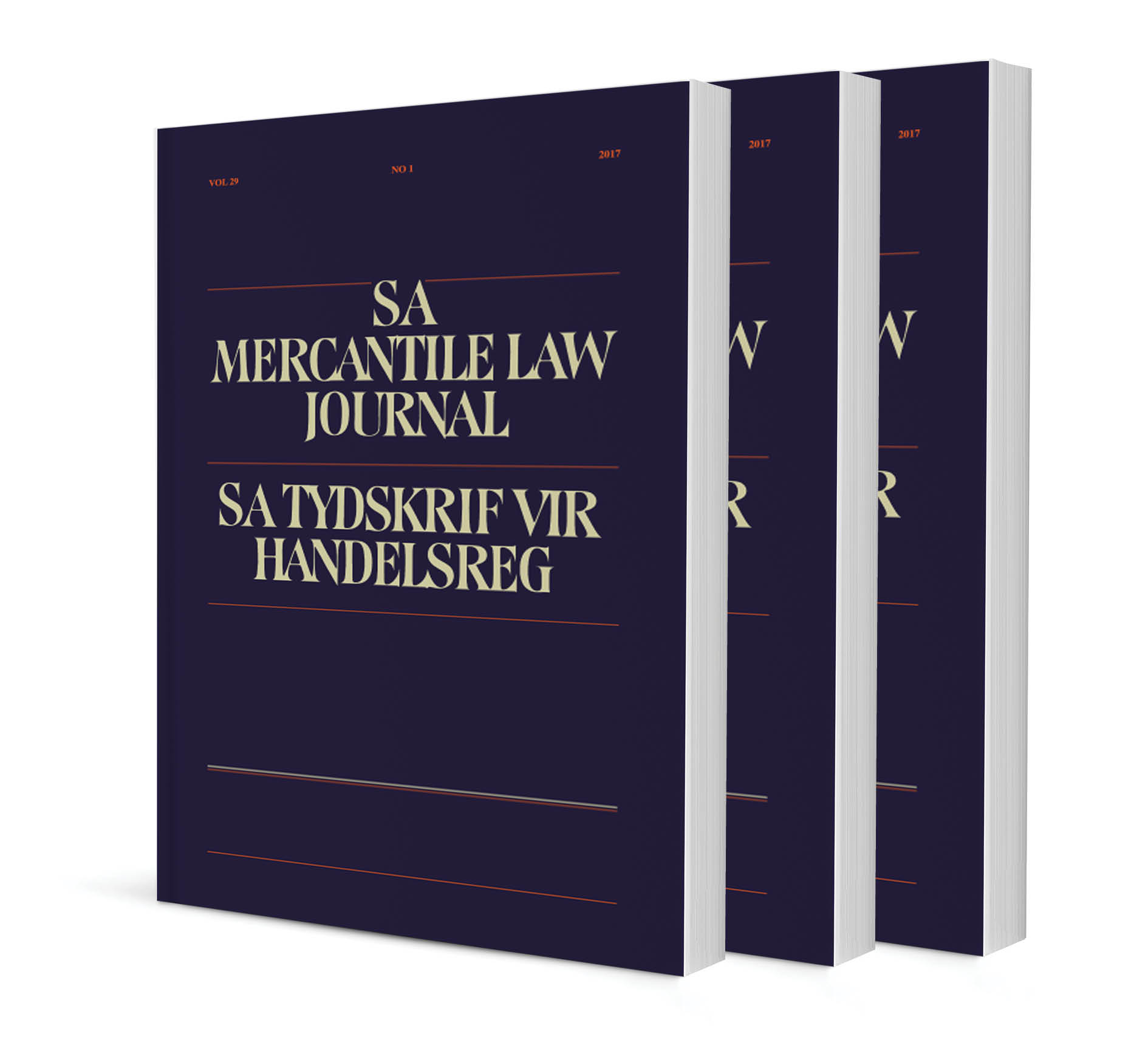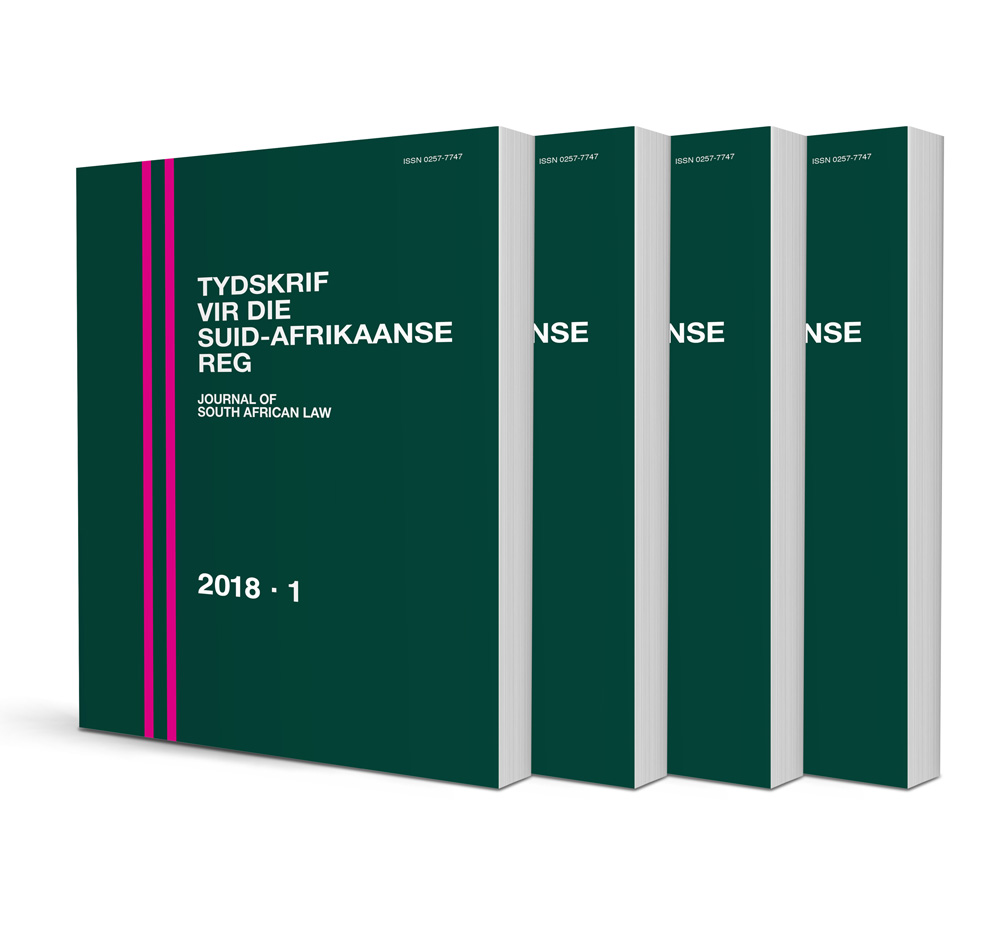Gallo Africa Ltd v Sting Music (Pty) Ltd 2010 (6) SA 329 (SCA) — Revisiting the justiciability of cross-border copyright infringement in South African courts

Gallo Africa Ltd v Sting Music (Pty) Ltd 2010 (6) SA 329 (SCA) — Revisiting the justiciability of cross-border copyright infringement in South African courts
Author Thato M Moloto
ISSN: 2521-2591
Affiliations: Consultant, World Intellectual Property Organization (Copyright Management Division), Geneva
Source: South African Intellectual Property Law Journal, 2021, p. 67 – 86
https://doi.org/10.47348/SAIPL/v9/a4
Abstract
This contribution examines the basis for and implications of the strictly territorial approach of South African courts in cross-border copyright infringement cases, requiring litigants to bring separate infringement suits in every country where infringement is alleged. This position by the courts loosely hinges on principles of effectiveness, locality and comity, as well as the classification of all intellectual property — copyright in this case — as immovable incorporeal property. In this belated case note, the Roman-Dutch law origins from which this classification is inferred to be derived from the English common law precedent with which it is paralleled and private international law principles applicable are briefly interrogated in light of prevailing constitutional prescripts. This complete bar on the authority of local courts on what is a ubiquitous concern for rights holders is a matter with far-reaching consequences.


